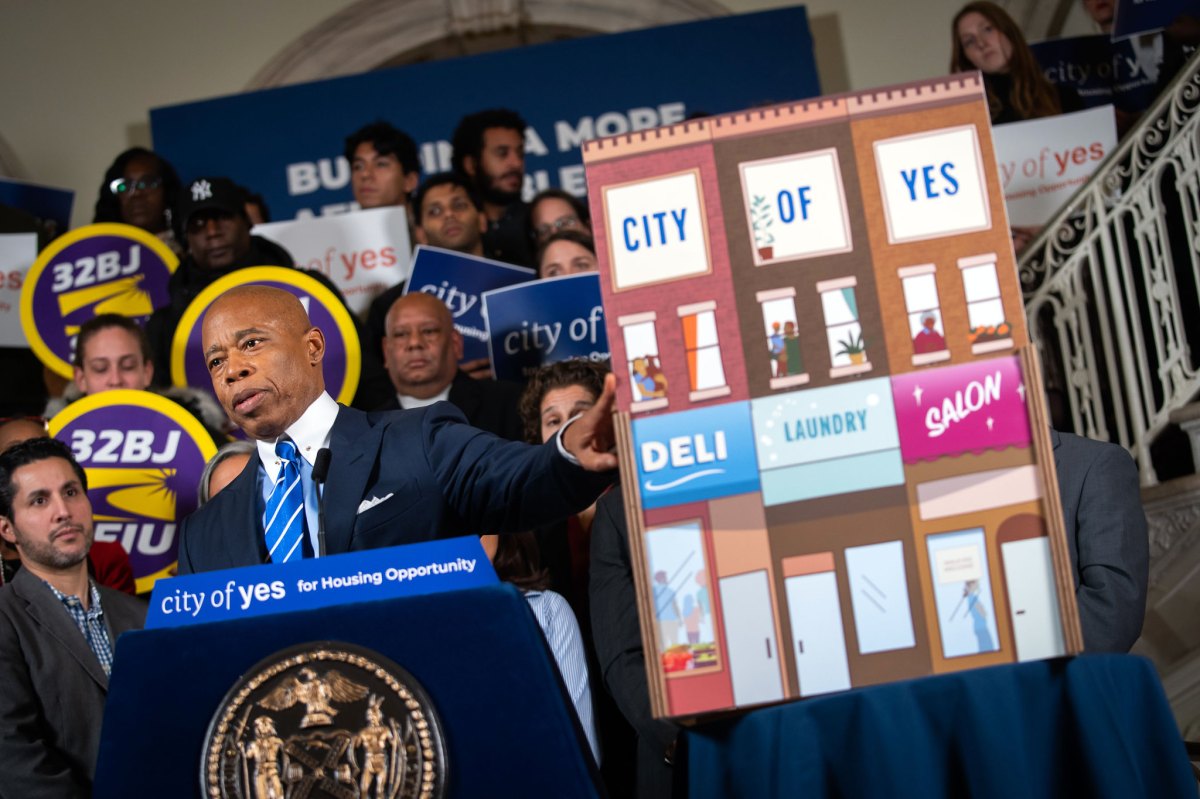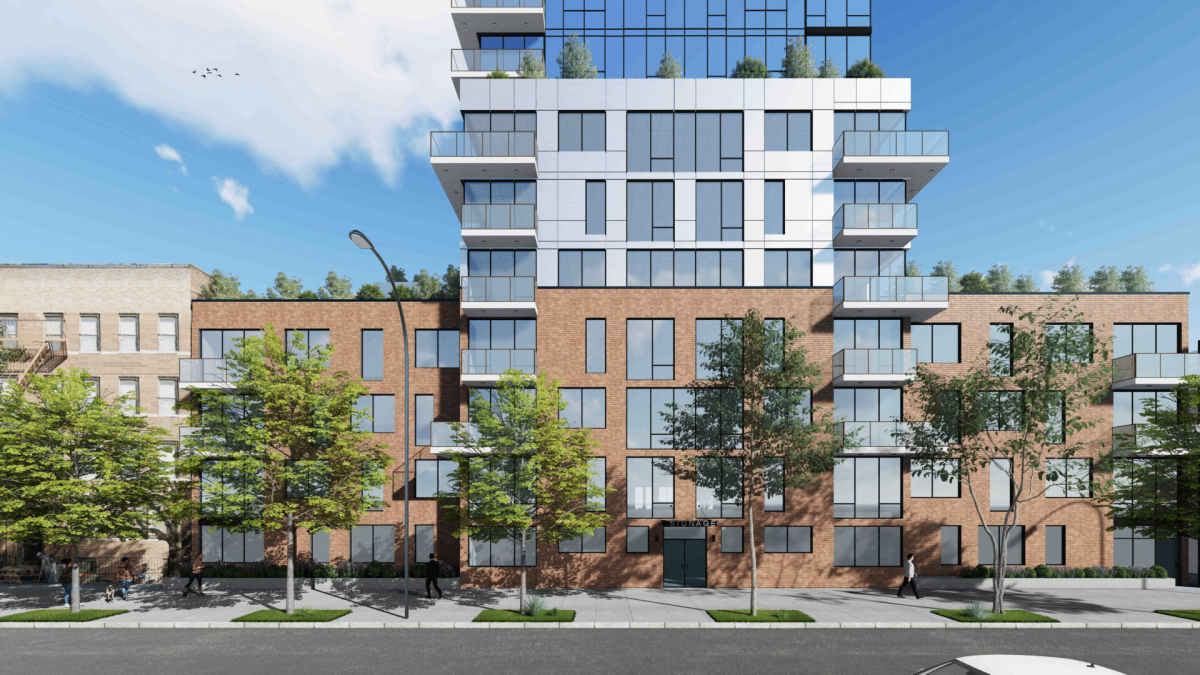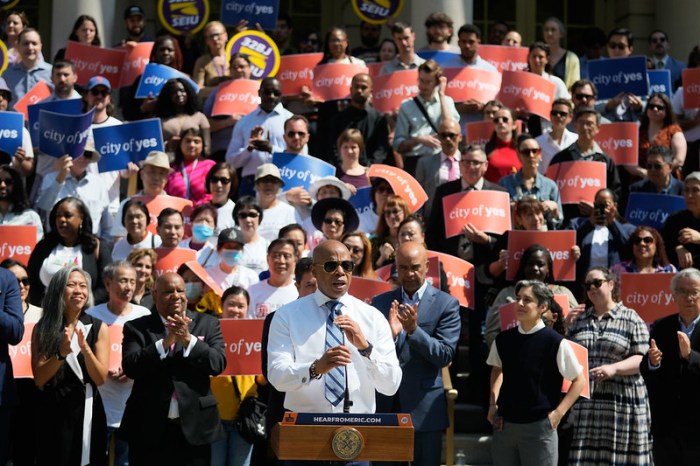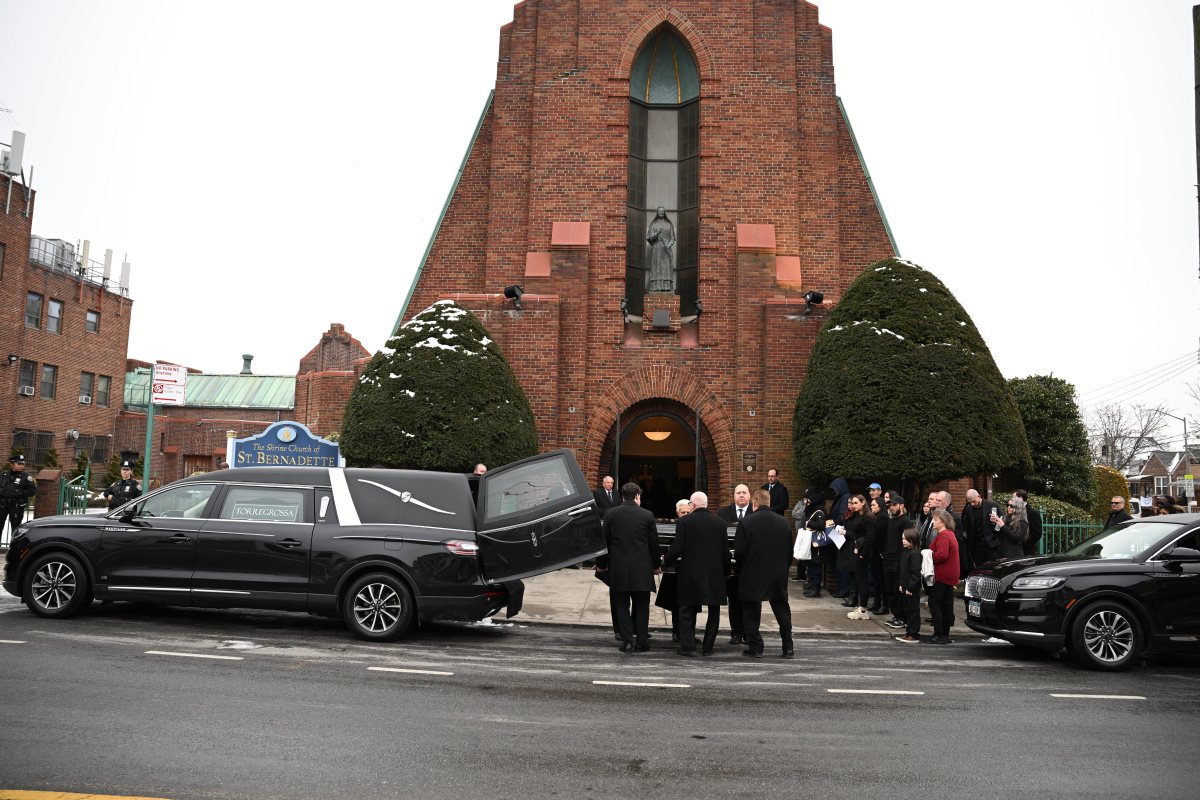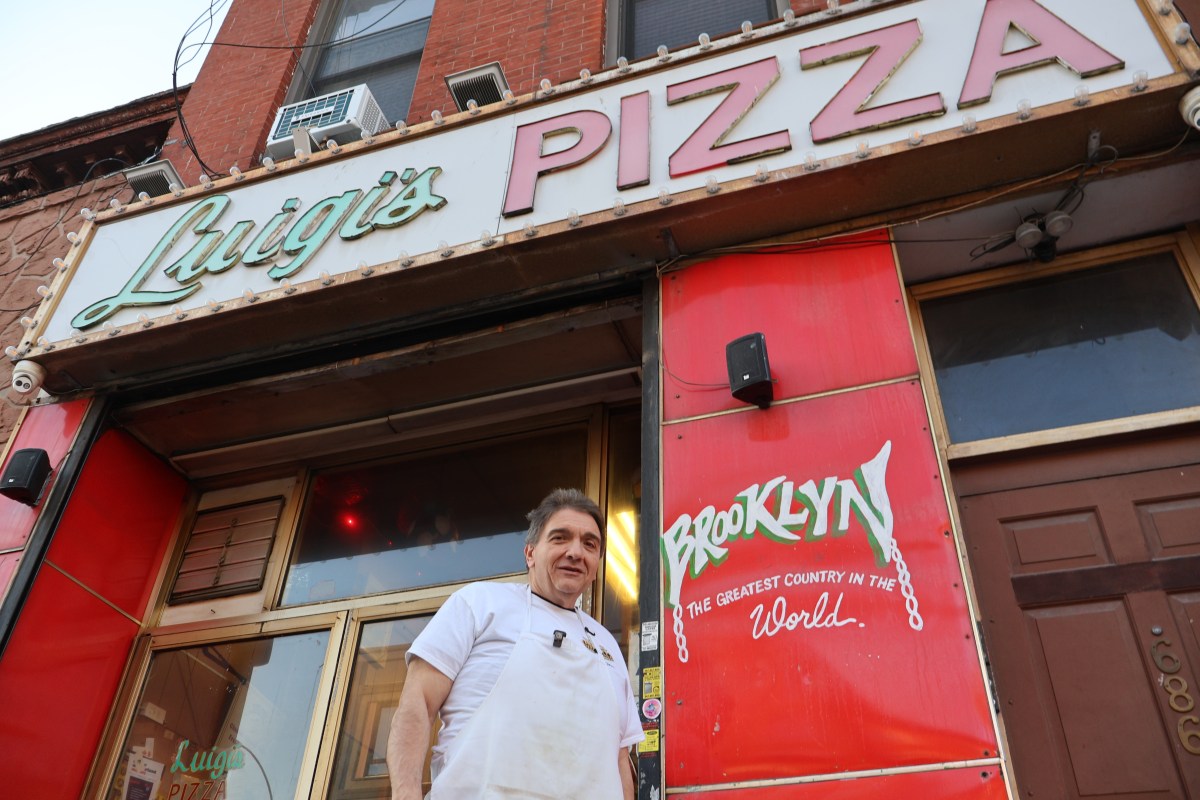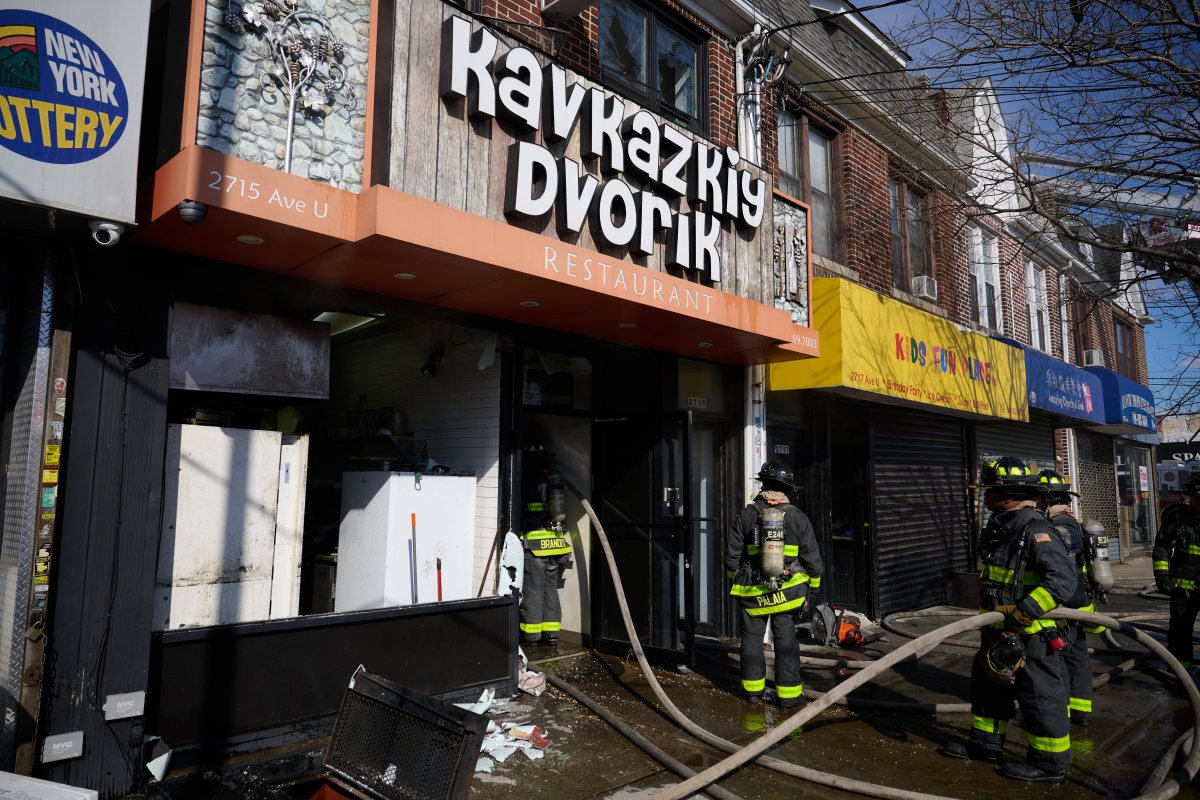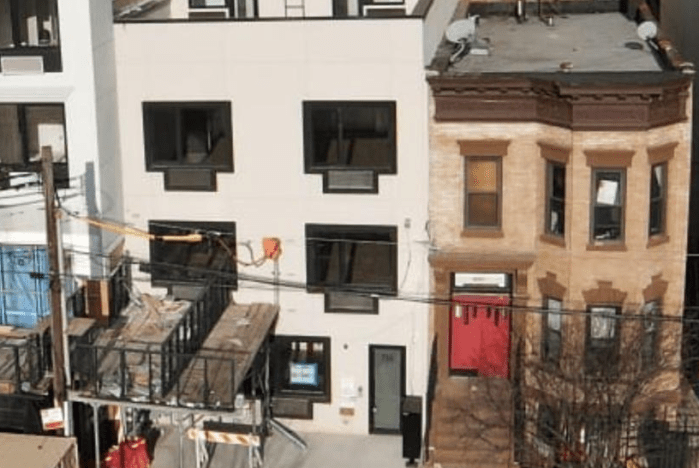The City Planning Commission (CPC) voted to approve the Arthur Kill Terminal, a project that has been on continuous development since 2018.
The Arthur Kill Terminal is an offshore wind staging port on the South Shore of Staten Island.
According to Arthur Kill’s official website, it “will support the timely and efficient installation of thousands of megawatts of offshore wind energy capacity in the region, which will displace aging fossil fuel-based generation and the negative environmental impacts from fossil fuel energy generation.”
By 2035, New York hopes to have built 9000 megawatts of offshore wind energy and by 2050 New York will need approximately 20,000 megawatts of sustainable energy.
Back in October 2023, the New York government proposed a new 10-Point Action Plan to fight the climate change crisis.
According to Action 3 of the plan, the “New York State Energy Research and Development Authority (NYSERDA) will launch an accelerated renewable energy procurement process for both offshore and onshore renewable energy projects, aiming to backfill any contracted projects which are terminated.” This project brings the state, one step closer to that goal.
The terminal is also expected to boost the local economy by creating approximately 600 construction jobs, more than 150 operations jobs on site and 370 indirect jobs.
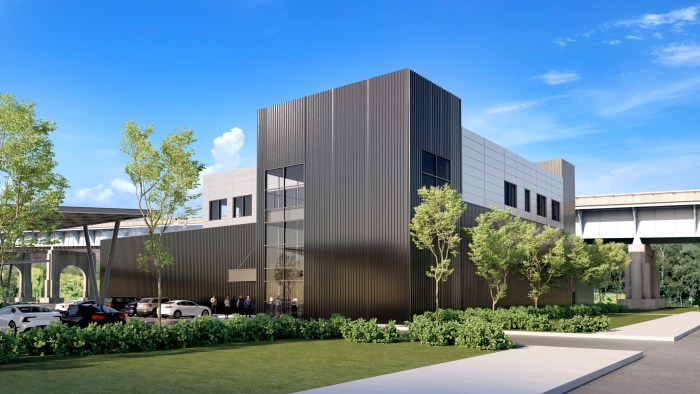
“Arthur Kill Terminal has been working for years to ensure that the project will result in hundreds of millions of dollars of investment in Staten Island with minimal impacts to local residents and businesses and we’re proud to have secured the Commission’s support,” said in a written statement Boone Davis, CEO of the Arthur Kill Terminal.
Construction is expected to begin early next year and wrap up in two years.
Additionally, the project has pledged to support marginalized communities and promises to minimal disturbance to local residents during and after construction.
According to the official website, by partnering with union labor organizations, “providing offshore wind and maritime-related education opportunities to students, particularly those from disadvantaged communities,” working close with advocates for environmental justice, ensuring local residents and businesses are not affected by traffic and noise, the project hopes to fulfill the promised social benefits.
In the upcoming years, more than 2,000 turbines are expected to be installed in the U.S.
The City Council is expected to vote on the assembly port where turbines will be built on August 8 of this year.

Read more: Brooklyn Rideshare Driver Survives Shot




